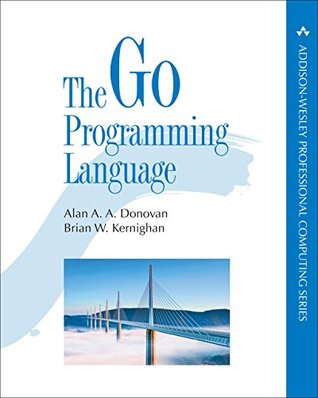More on this book
Community
Kindle Notes & Highlights
There is no way to test directly whether a channel has been closed, but there is a variant of the receive operation that produces two results: the received channel element, plus a boolean value, conventionally called ok, which is true for a successful receive and false for a receive on a closed and drained channel.
The zero value for a channel is nil. Perhaps surprisingly, nil channels are sometimes useful. Because send and receive operations on a nil channel block forever, a case in a select statement whose channel is nil is never selected.
Cancellation involves a trade-off; a quicker response often requires more intrusive changes to program logic. Ensuring that no expensive operations ever occur after the cancellation event may require updating many places in your code, but often most of the benefit can be obtained by checking for cancellation in a few important places.
We avoid concurrent access to most variables either by confining them to a single goroutine or by maintaining a higher-level invariant of mutual exclusion.
In contrast, exported package-level functions are generally expected to be concurrency-safe. Since package-level variables cannot be confined to a single goroutine, functions that modify them must enforce mutual exclusion.


